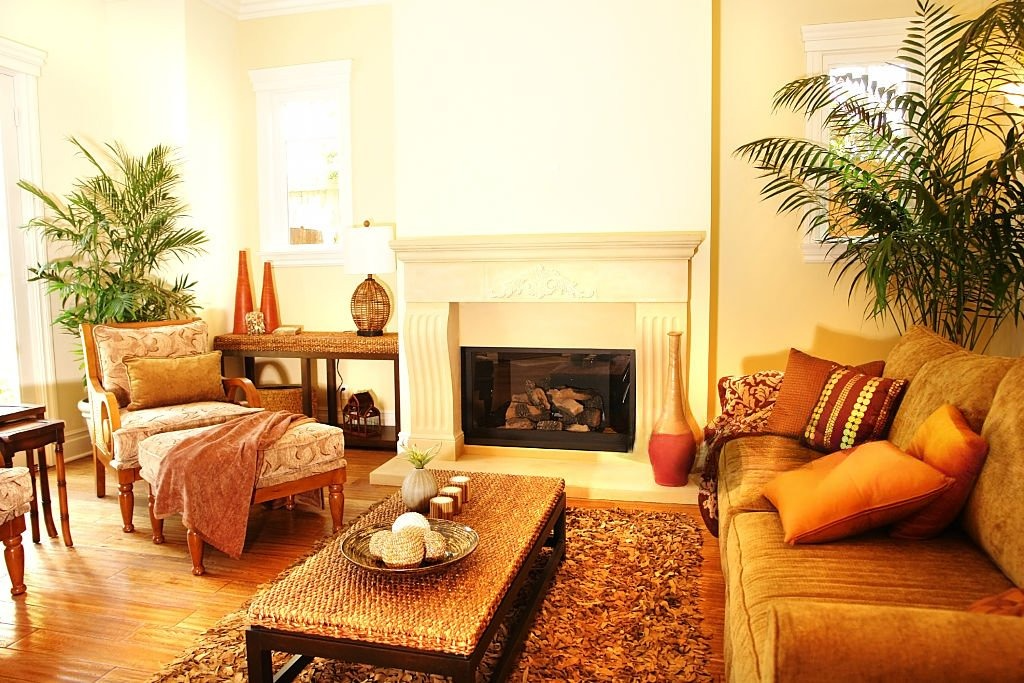DIY Home Elevators Made Easy: A Beginner’s Guide to Building and Budgeting Your Own Lift

Stairs can be tough, especially if someone in your home has trouble moving around. That’s what happened in my house, and buying a full elevator wasn’t in the budget. So, I looked into DIY home elevators.
Surprisingly, building one wasn’t as hard or costly as I thought. If you need help moving between floors, this guide will show you how to plan and build your lift. I’ll also share how it stacks up against options like the Easy Climber elevator or the thyssenkrupp home elevator.
Let’s dive in and see if a DIY elevator is the right fit for your home.
What Is a DIY Home Elevator?
A DIY home elevator is a lift you build yourself. It helps people move between floors without stairs. You can use it for wheelchairs, groceries, or just to make life easier.
Most are simple. Some use a wood frame, a small platform, and a winch. Others use pulleys and don’t need power. These are called manual home elevators. If you don’t have enough space inside your house, you can also opt to build exterior DIY home elevators instead.
Big brands like the Easy Climber elevator or the thyssenkrupp home elevator offer ready-made lifts. They look great, but they cost more. A DIY option saves money and fits your space.
You can even add one when designing home plans with elevators. It’s a smart way to plan, especially for elevated custom homes.
DIY isn’t just about the build. It’s about making your home safer, your life easier, and your space work better for you.

Credit: i.pinimg.com
Is It Legal and Safe to Build One?
This is the first thing I asked myself. A lift at home sounds great, but is it allowed? And more than that, is it safe?
The answer is yes, but you need to follow the rules. Most places have codes for home builds. These rules help keep you safe. They tell you how strong the frame must be. They also cover wiring, locks, and weight.
If you live in a city, the rules are often strict. In rural areas, they may be looser. Still, safety should never be skipped. A strong door, a lock that works, and a backup stop are must-haves. Even a manual home elevator should have these things.
If you’re exploring diy home elevators, it’s important to consider placement—especially if your lift is located outside. Exterior home elevators typically require weatherproof covers and durable rails to handle the elements. Always check with your local permitting office before installation. And if you’re incorporating a lift into new home plans, be sure to integrate it into the design from the start for a smoother build.
Worried about getting it wrong? Brands like the Easy Climber elevator or the thyssenkrupp home elevator come with full safety features. They follow all laws and codes. But they do cost more.
Think of your DIY lift like a treehouse. You want it strong, safe, and built to last. When it’s done right, a DIY home elevator can help you move with ease and peace of mind.
What You’ll Need to Plan First
Before you start, plan well. This helps you avoid mistakes. I learned this the hard way.
First, measure your space. Check how tall your floors are. Look at the openings on each floor. Make sure your floor is strong enough to hold the elevator.
Next, pick the type of elevator. Do you want a simple open lift or one with walls and doors? Both can work. Think about who will use it and where it will go.
You can choose a manual home elevator. It does not need power. Or pick an electric one for easy use.
If your home doesn’t have enough space inside, consider exterior options for your DIY home elevators. These outdoor lifts require covers for the weather and strong rails.
If you are building a new house, add an elevator in your home plans with elevators. It is easier to build this way.
Good planning makes your DIY home elevator safe and useful. It also helps with cost and style. Whether you want a simple lift or something like a thyssenkrupp home elevator, start with a plan.

Credit: www.easyclimber.com
Budgeting: What’s the Cost to Elevate a Home?
Let’s talk about cost. Building a DIY home elevator can save money. But you should know what to expect.
A simple DIY elevator can cost between $500 and $3,000. It depends on the parts you choose. A manual home elevator with pulleys costs less. An electric one with a motor costs more.
Big brands like the Easy Climber elevator or the thyssenkrupp home elevator cost much more. They start around $10,000. But they come with safety and help.
You need materials like steel for the frame. Rails guide the lift. You also need a platform and home elevator doors. If you use electric parts, add tools and wiring costs.
Some people build elevators when they make elevated custom homes. This spreads the cost over the whole house. If your home plans have elevators, it is easier to add the lift.
Think about what you need and what you can spend. A DIY lift can help you move between floors without spending a lot. Just plan well and pick the right parts for your home.
Step-by-Step Overview: Building a Basic DIY Home Elevator
Building a DIY home elevator can be easy. Just take it one step at a time. Think of it like putting together a simple puzzle.
Step 1: Pick a Spot
Find a good place for your lift. It could be a closet or a small corner. Make sure there is enough room for the platform and rails.
Step 2: Build the Frame and Platform
Make a strong frame with wood or metal. This will hold the elevator. Then, build a flat platform where you can stand or put a wheelchair.
Step 3: Add Guide Rails
Put rails on the sides. These keep the elevator steady as it moves up and down. Garage rails or steel rails work well.
Step 4: Set Up the Lift
Choose a way to lift the platform. You can use a manual pulley system. This does not need power. Or, use an electric winch for easier use. This costs more but is simple to operate.
Step 5: Add Safety Features
Safety is very important. Add stops to keep the lift from moving too far. Put in switches to control it safely. Use strong home elevator doors and locks.
Building a DIY home elevator can save money. Some parts cost less than $1,000. Bigger electric systems cost more. Take your time and plan well.
If it seems hard, a pro can help. Brands like Easy Climber elevator or thyssenkrupp home elevator are safe and ready to use.
A DIY home elevator can help you move easily. It makes your home safer and better. Step by step, you can build one that fits your needs.

Real-Life Examples
Let me tell you about some people who made their DIY home elevators. They show it can be done, even with little money.
One family built a small elevator in a closet. It uses pulleys to move the platform up and down. It cost less than $250. Grandma can now get upstairs without help. This is a simple manual home elevator. It is not fancy like an Easy Climber elevator, but it works well.
Another couple made an elevator outside their house. They used strong rails and covers for the weather. It was hard work, but they saved lots of money. A thyssenkrupp home elevator would have cost much more. They planned well, like people who add lifts in home plans with elevators when building a new house.
Some people start small and improve later. They add better home elevator doors and safety switches over time. This makes the elevator safer and easier to use. It also helps to keep costs down.
These stories show that a DIY elevator is about more than price. It helps you live safer and easier. Just plan well. And always check the rules before you start.
Final Thoughts: Is a DIY Home Elevator Right for You?
A DIY home elevator can make your life easier. It helps you move between floors without stairs. I have seen how a simple manual home elevator can change a home. It brings more freedom and safety.
If you live in a house with many floors, adding a lift is smart. You can plan it in new home plans with elevators or add it later. Good home elevator doors and locks are very important. They keep you safe.
You can buy an Easy Climber elevator or a thyssenkrupp home elevator. These are ready to use, but cost more money. If you’re looking to save money and customize your setup, DIY home elevators offer a practical solution. You can even build exterior models if indoor space is limited.
Building a DIY home elevator is about more than price. It is about making your home better for you. Take your time to plan. If you need help, call a pro. Safety should always come first.
In the end, a DIY home elevator can change how you live. It makes moving around easier and your home more comfortable. If you want to try, go for it. Just be safe and plan well.
FAQs About DIY Home Elevators
1. What is a DIY home elevator?
A DIY home elevator is a lift you build yourself. It helps people move between floors without stairs.
2. Is it safe to build my own elevator?
Yes, if you follow local rules. You must use strong parts, good locks, and safety stops.
3. How much does a DIY home elevator cost?
It can cost between $500 and $3,000. It depends on the parts you pick.
4. Can I build an elevator outside my home?
Yes, you can build an exterior home elevator. It needs weather covers and strong rails.
5. Do I need power for a DIY elevator?
Not always. Manual home elevators use pulleys and don’t need power. Electric ones do.








